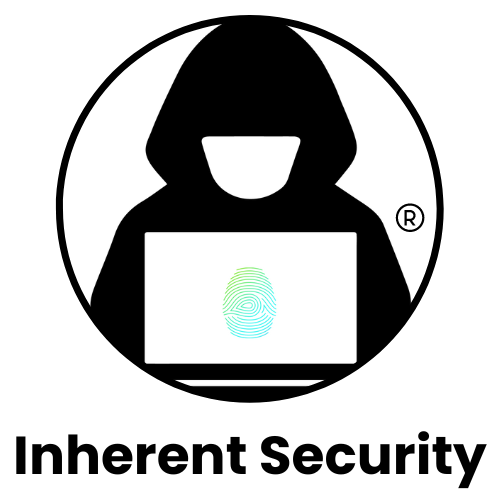Why IoT Devices might be the biggest risk in healthcare
IoT devices have become increasingly popular in the healthcare industry due to their ability to improve patient care and reduce costs. However, these devices are not without their security risks. In this blog post, we will discuss the good aspects of IoT devices and why they might be the biggest risk in healthcare.
IoT devices have several advantages for better patient care. They allow hospital staff to assist and monitor patients remotely, which is a big step forward in access to healthcare, especially for patients with transportation barriers, the elderly, and those who live in remote areas. With readily available patient care data, physicians can make decisions faster, resulting in improved outcomes and reduced costs.
The security of medical IoT devices is a pressing concern in modern healthcare. These gadgets, essential in today's hospitals, often prioritize user-friendliness over robust security measures. This design choice opens doors to various risks. For instance, due to the lack of encryption, sensitive patient data could fall prey to eavesdropping. Furthermore, inadequate access controls raise the threat of unauthorized tampering, while the absence of logging capabilities hampers the monitoring of network communications.
Consider a real-world scenario: During the COVID-19 pandemic, there was a sharp increase in security attacks against IoT devices in the healthcare sector. These attacks caused significant disruptions, including rerouting ambulances, delaying outpatient visits and radiation treatments. The healthcare industry experienced a 755% increase in ransomware attacks in 2021, demonstrating the high risk and vulnerability of medical IoT devices.
One pressing issue is these devices' limited compatibility with existing IT security tools, creating a gap in the hospital's defense system. The simplicity in their design, although user-friendly, often means a sacrifice in security features. As a result, each time a medical IoT device connects to a hospital network or accesses a healthcare database, it potentially becomes a conduit for data interception or infiltration.
It's crucial to strike a balance between ease of use and robust security in medical IoT technology. Ensuring this balance will protect sensitive patient data and maintain the integrity of hospital networks, ultimately safeguarding both patient well-being and privacy.
